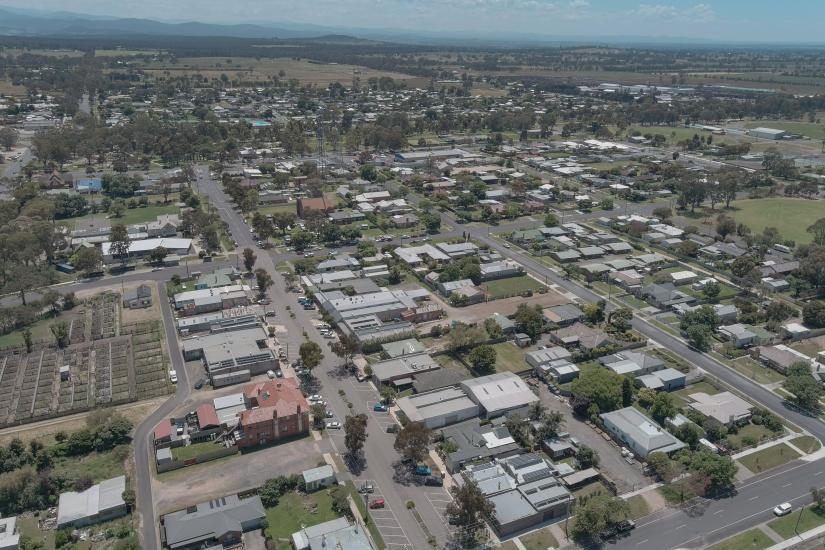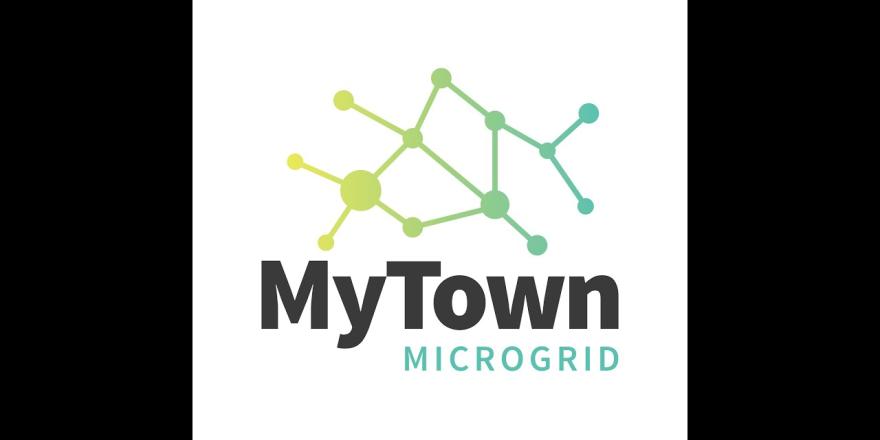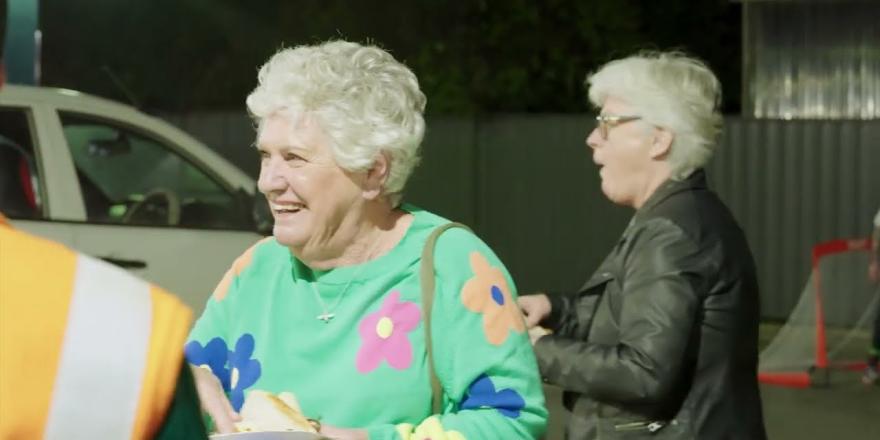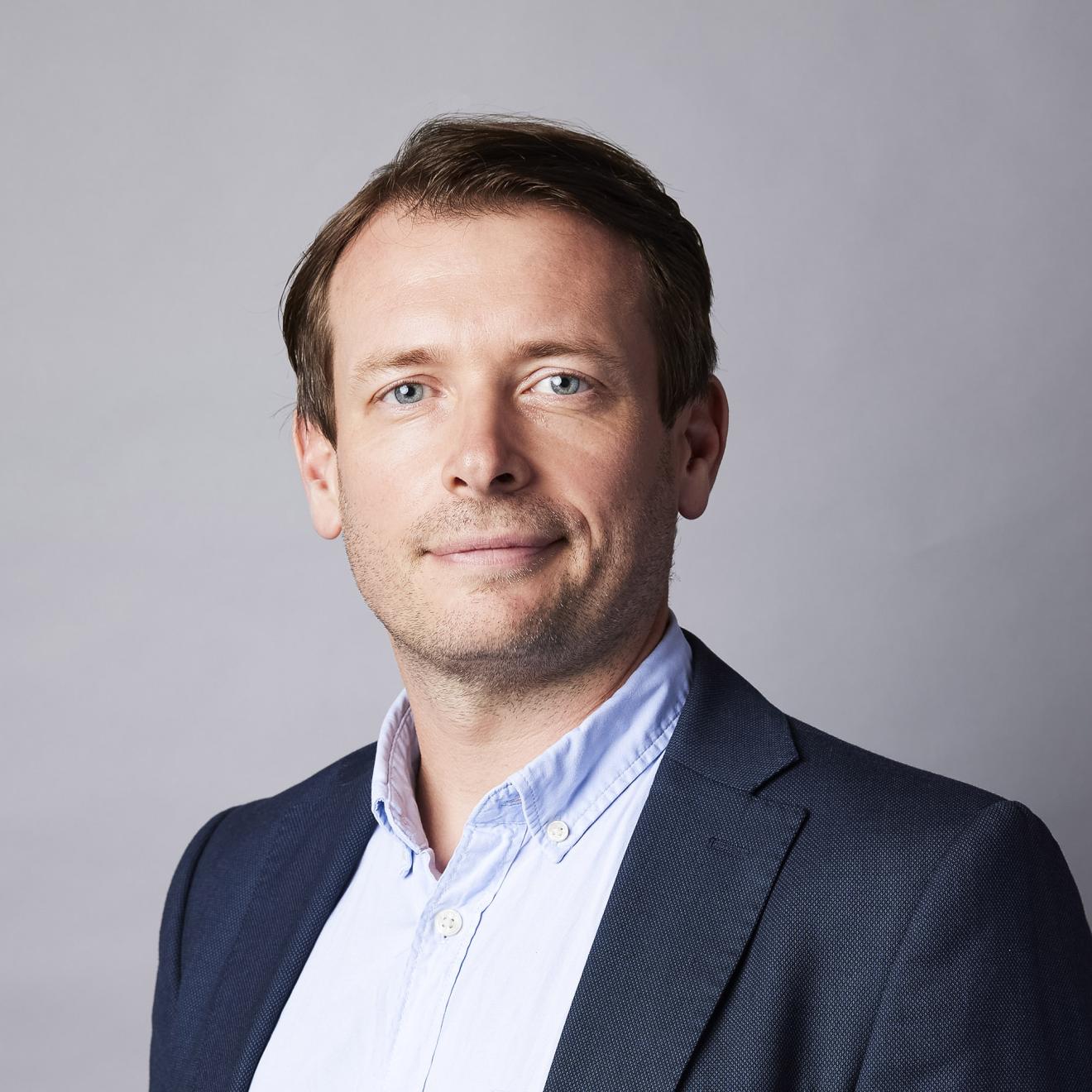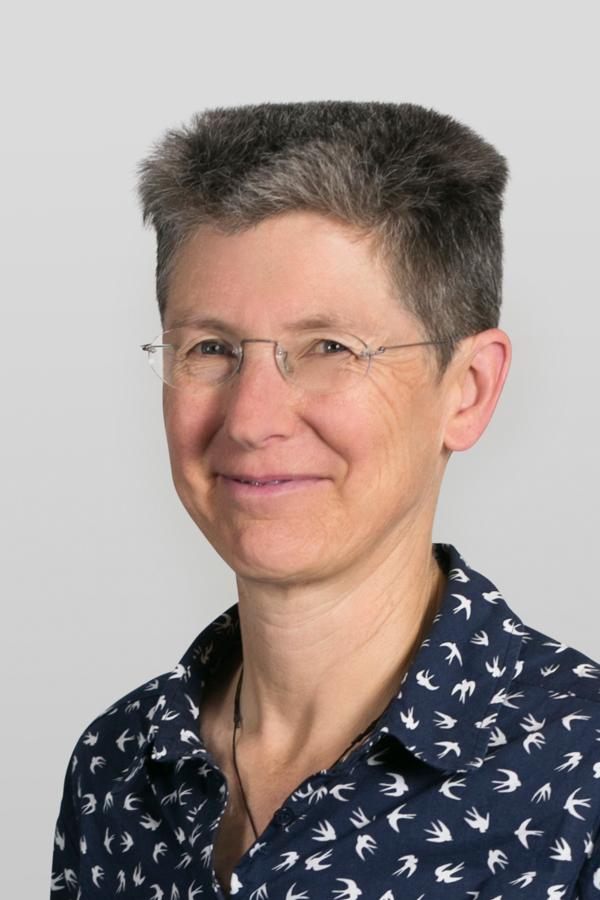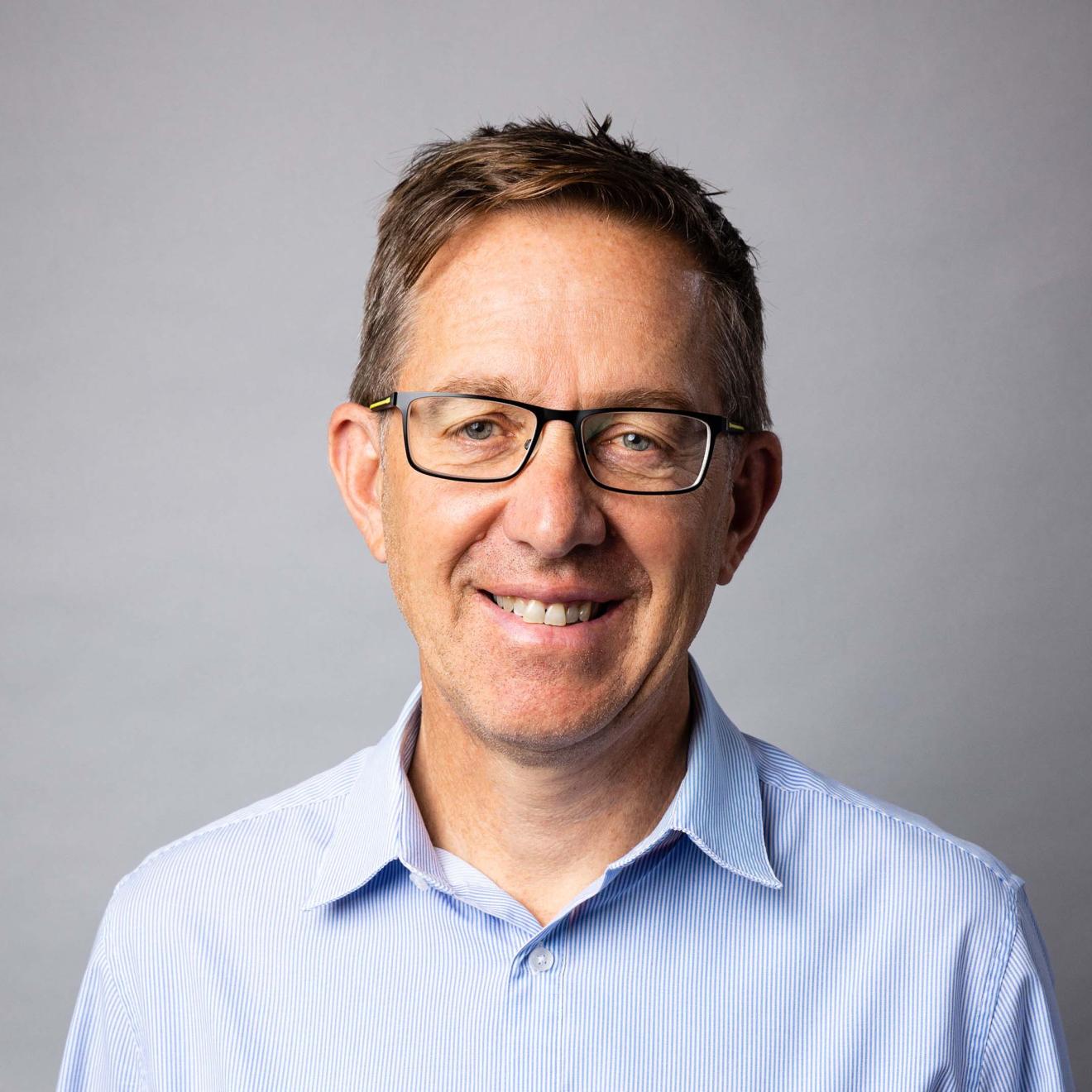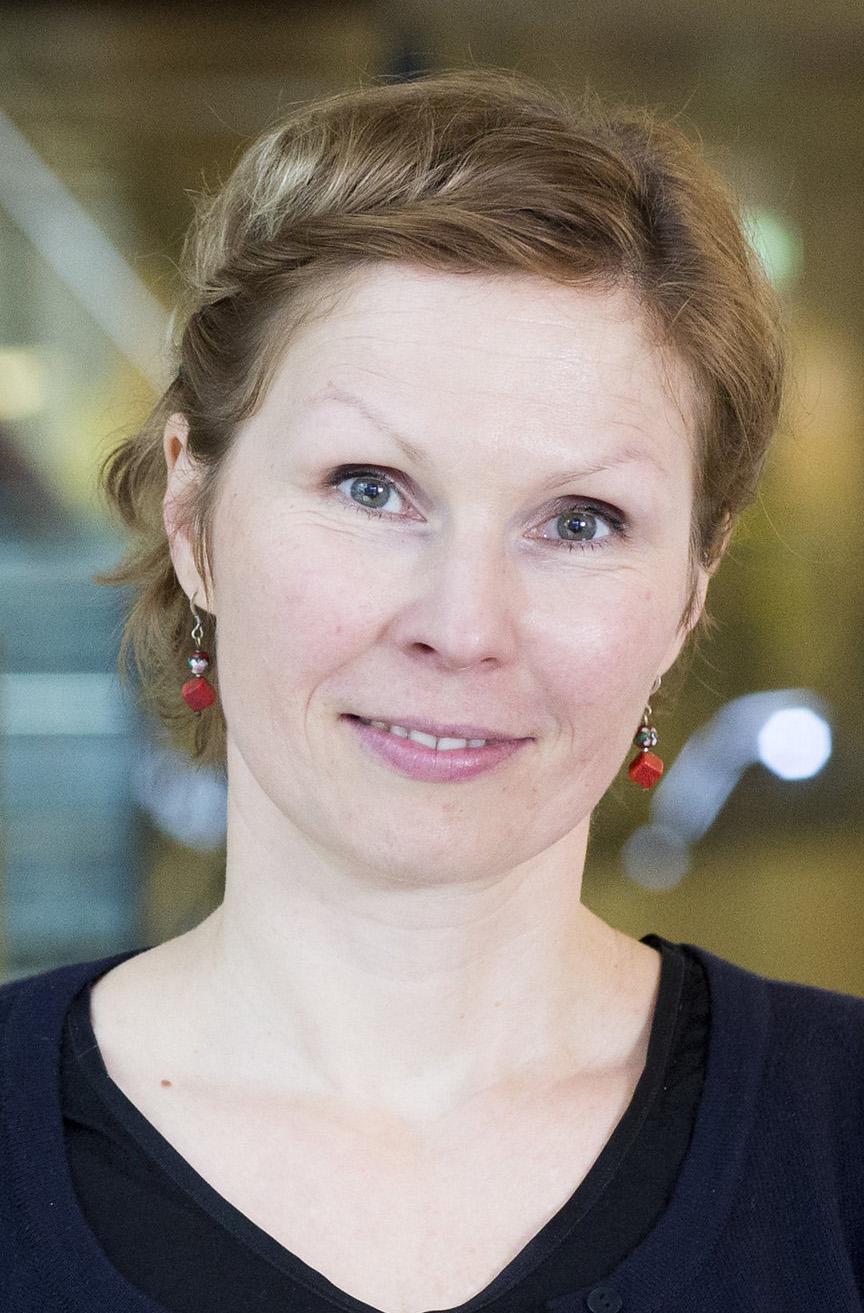Local energy projects are building momentum, but many communities lack guidance for answering key questions. Which technologies and partners should they choose? What business models will be financially viable? How can the benefits be equally shared among the community?
The MyTown Microgrid project sought to provide answers.
Since 2019, the Victorian town of Heyfield has been testing the viability of a microgrid as a local energy solution.
MyTown wasn’t just trialling energy alternatives for Heyfield – the project aimed to develop a model that can be used to help other edge-of-grid towns understand their energy needs and choose the best energy solution for them.
The initiative, a collaboration between the Heyfield Community Resource Centre, Wattwatchers Digital Energy, and the UTS Institute for Sustainable Futures (ISF), developed the knowledge and tools to make it faster, easier, and cheaper for other regional communities to understand the proposition for microgrids for their towns. Other partners included RMIT University, Federation University, the Latrobe Valley Authority, Ausnet Services, Public Interest Advocacy Centre, and the Community Power Agency.
What is a microgrid?
A ‘microgrid’ is a group of homes and businesses that generate, use and share electricity. With the ability to be controlled as a single system, microgrids can connect and disconnect from the main electricity grid as required.
Microgrids are used in remote or edge-of-grid areas as a more reliable and cheaper alternative to a connection with the main grid. They have the potential to enhance the integration of renewable energy, draw on local resources, drive deep carbon reductions, and overcome local grid constraints.
But a microgrid is not suitable for every situation. It sometimes requires significant effort and resources to realise any of the potential benefits. There are many options for communities that want to understand whether a microgrid makes sense for them and determining a viable path can be difficult to navigate.
The model community – why Heyfield?
The original concept for MyTown was conceived at an innovation event series called A-Lab, run by the Australian Renewable Energy Agency, in 2017.
The basic idea was to trial a process for how a community or network makes informed choices on partial or full disconnection from the grid.
Heyfield is a town of around 2,000 people located in Wellington Shire, Victoria. Heyfield had reported network reliability issues, and the town is on the fringes of the electricity distribution network.
With a long track record in sustainability initiatives and considerable potential for low-cost and local energy, Heyfield was an ideal location to pilot a new approach with a community at the helm.
This project is part of an exciting trend in our region that is seeing renewable energy transition accelerating...
– Ian Bye, Wellington Shire Council Mayor
The project received funding under the Australian Government’s Regional and Remote Communities Reliability Fund Microgrids. It also received funding from the Latrobe Valley Authority (LVA) as part of the Gippsland Smart Specialisation Strategy.
Climate change is a number-one priority for Heyfield’s council and the town was identified as a key locality for renewable energy development.
Wellington Shire Council Mayor, Ian Bye said, “This project is part of an exciting trend in our region that is seeing renewable energy transition accelerating within Wellington Shire. With the scale of investment and the demand for more sustainable communities, we couldn’t be happier to discover what a renewable energy future could look like for the town of Heyfield.”
Community engagement
The MyTown project was not just about wires and technology; it was about hearts and minds. Community engagement was the cornerstone of this transformation.
A microgrid is a technical option that can have far-reaching implications for all members in a community. Local representation through engagement activities and two-way communication with Heyfield residents and businesses were vital for the project’s success.
Community workshops, programs with the local schools’, webinars and on-street engagement all captured Heyfield community members’ ideas to understand their own driving motivations and guide the primary direction of the project.
These exercises identified that the community also wanted to maximise complementary social and economic development outcomes to improve the position of Heyfield and the surrounding region in a low-carbon, climate resilient future.
MyTown Microgrid: A community's energy journey
Heyfield one step further to building its energy future
Approximately 100 energy monitoring devices were installed in 70 homes, 15 businesses, and 2 schools.
ISF Research Director Dr Scott Dwyer said, “We discovered that a microgrid didn’t offer enough benefit for the town – but we also discovered some other options that look much more promising.”
Several other local energy options emerged as potentially more feasible for the Heyfield community while remaining well-aligned with their aspirations.
A town-scale smart energy upgrade and electrification program was identified as a more promising solution for the Heyfield community to focus on for the future. Community-scale batteries that can increase the amount of new solar in the community was another viable pathway.
Now Heyfield knows exactly where it needs to focus its efforts, while it has already built the capacity and knowledge it needs for the next step in the journey towards a better and fairer energy future
– Dr Scott Dwyer, ISF
Focusing on building community retailer partnerships and a closer working relationship with the local timber business were all identified as promising options for Heyfield’s energy future.
“Now Heyfield knows exactly where it needs to focus its efforts, while it has already built the capacity and knowledge it needs for the next step in the journey towards a better and fairer energy future”, explains Dr Dwyer.
Leveraging the knowledge gained, the project has given birth to two invaluable online resources.
The first is the ADEPT platform, a centralised system that aggregates the energy data collected. The second, the MyTown Energy app, is an intuitive online app designed to help other communities in navigating the process of selecting the most suitable energy options for their unique circumstances.
Community representatives have also established MyTown Energy Heyfield as an ongoing community energy group. With over a dozen community members having been involved in the project over the three years, they will now focus on taking the prioritised local energy options towards implementation.
Heyfield has also recently been awarded funding through the Victorian Government’s Neighbourhood Battery Initiative (NBI).
This will build on the feasibility work conducted during the MyTown Microgrid study and ISF will again collaborate as the project’s academic partner over the next year.
Realising energy goals
The MyTown Microgrid project has revolutionised Heyfield’s energy landscape.
While a microgrid proved to be the wrong fit for the town, the MyTown process has helped bring the community closer to reaching their energy goals and unlocked new opportunities for other local energy solutions.
Pioneering sustainable energy solutions, the project also serves as a great blueprint for powering other edge-of-grid towns Australia-wide. It has developed the knowledge and tools to make it faster, easier and cheaper for other regional communities to understand local energy propositions for their towns.
The project is a testament to the power of innovation, community engagement, and a commitment to building a greener future.
MyTown Microgrid: A community celebration
RESEARCH OUTPUTS
Heyfield Microgrid and Local Energy Options Feasibility – Final Report (2023) (Report)
MEDIA
Heyfield wraps up MyTown Microgrid project, leading the renewable energy charge - ISF News, June 2023
Heyfield community embraces innovative microgrid project - Gippsland Times, March 2021
Heyfield sparked by microgrid project - Latrobe Valley Express, Morwell, March 2021
MyTown Microgrid: establishing a community model for sustainable energy - Sustainability Matters, February 2021
Interview on WIN television Gippsland with MyTown partner Julie Bryer - WIN TV, February 2021
Empowering Our Towns - Gippslandia, December 2020
Researchers
-
Research Director
-
Research Director
-
Research Director
-
Research Principal
-
Senior Research Consultant
-
Senior Research Consultant
-
Senior Research Consultant
Years
- 2020-2023
Location
- Heyfield, Victoria
Funded by
- Australian Government’s Regional and Remote Communities Reliability Fund (RRCRF) – Microgrid Program (Round 1)
- Victorian Government’s Latrobe Valley Authority (LVA)
Project leads
- Wattwatchers Digital Energy
- Heyfield Community Resource Centre
Partners
- Public Interest Advocacy Centre Ltd. (PIAC)
- Federation University Australia, AusNet Services
- RMIT University, Latrobe Valley Authority (LVA)
- Community Power Agency (CPA)



